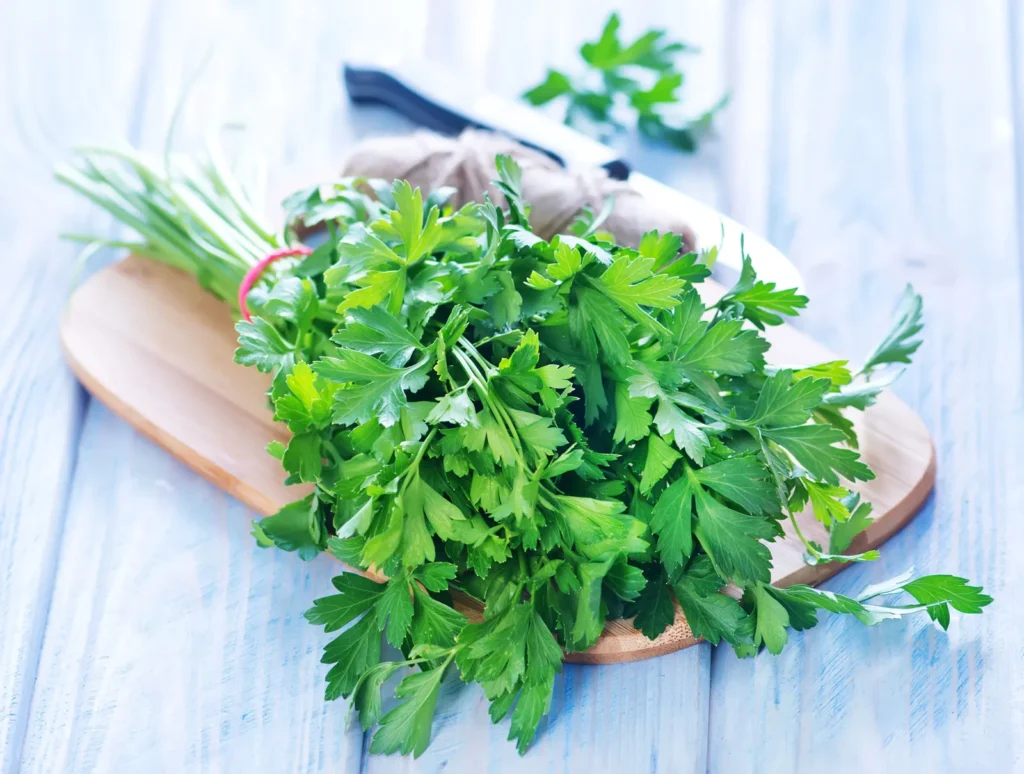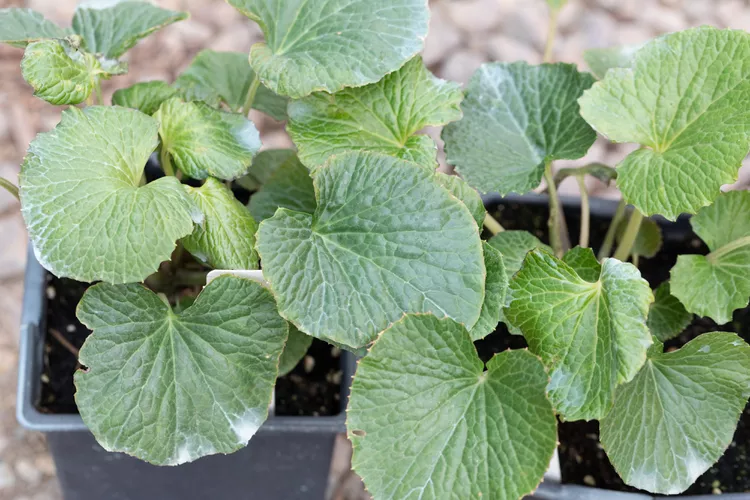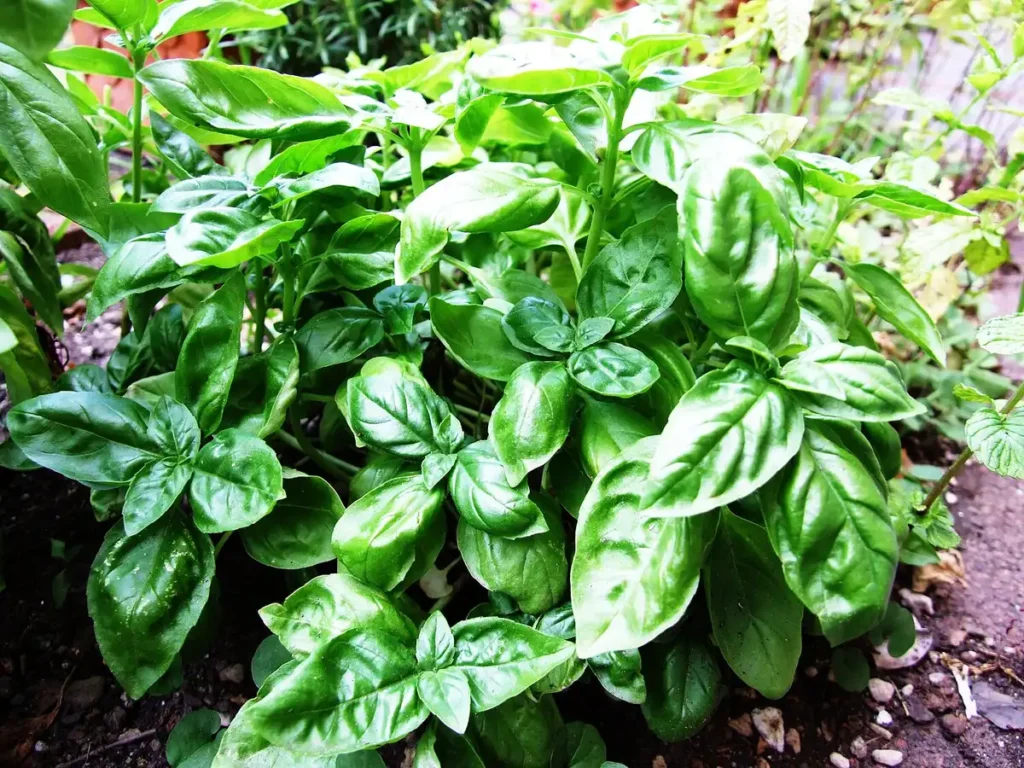
Description
A beautiful flowering annual herb, anise has a distinctive licorice scent. Simple, shallowly lobed leaves are found at the base of the plant, while feathery or lacy, pinnate leaves higher on the stalks are divided into many tiny leaflets.
There are big, loose clusters of both leaves and flowers. The dense umbels of blooms, measuring about 3 millimeters in diameter, are either white or yellow. The fruit is commonly referred to as “aniseed” and is a dry, oblong, curving schizocarp.
Habitat
Native to Southwest Asia and the eastern Mediterranean, anise is a flowering plant.
Uses
Liqueurs can be made with it. A strong oil that can be used to soaps, potpourris, and other products can be made from crushed seeds. When baking or cooking, the crushed seeds can be added to a variety of foods. They are also useful for making tea.

Plant Care
- Light
Anise will do best in places with plenty of long, bright days; it may not do as well in regions with extended periods of cloud cover. If the plant is planted in partial sun, it will never set seeds, but it will still grow and thrive. Anise requires full, direct sun and lengthy hours of sunlight in order to develop seeds.
- Soil
Loamy soil that drains well and has lots of openings for water to pass through is ideal for anise growth. This herbaceous annual will not do well in soil that is too compacted or sandy.
- Water
You shouldn’t overwater this plant because it just needs a low to moderate amount of water. Water plants twice a week after they are seeded and until they are about 8 inches tall. Next, reduce the watering pace a little.
Water the soil directly rather than the leaves to prevent mildew and other problems. If at all possible, water in the morning.
- Temperature and Humidity
Temperatures between 45 and 75 degrees Fahrenheit are ideal for anise cultivation in order to maximize plant success and allow seeds to fully develop. Even slightly higher temperatures won’t harm the plant, though. Although it can tolerate brief droughts, it will most likely yield seeds in this temperature range and when consistently watered.
- Fertilizer
Anise doesn’t actually need fertilizer to grow and thrive once it is actively developing. It helps to apply some compost early in the summer, and after that, not much more is needed.
Table





